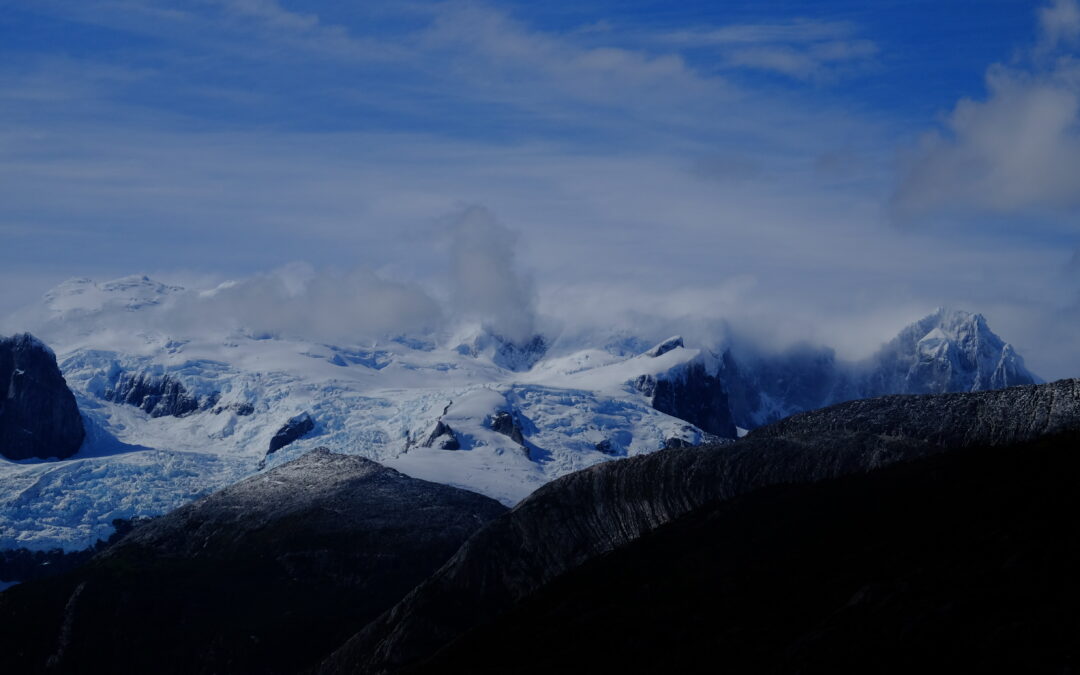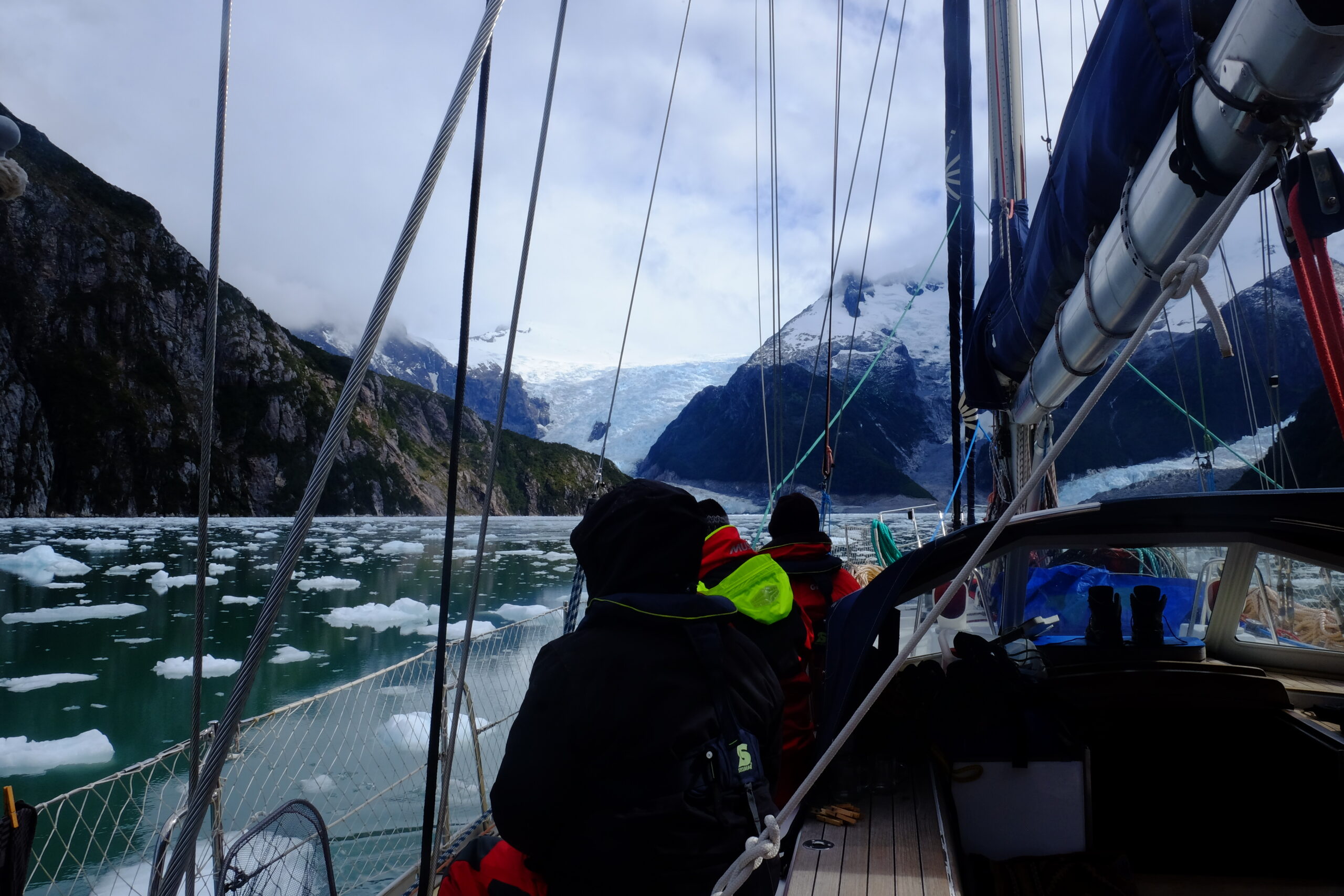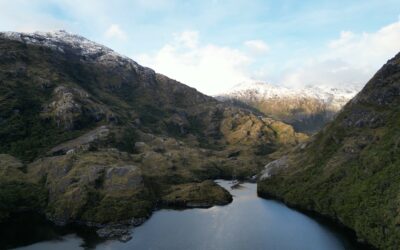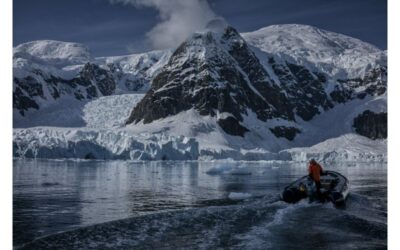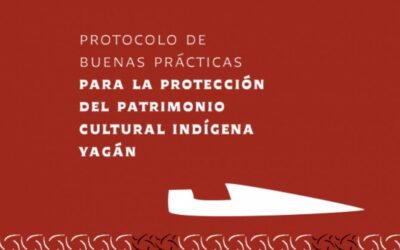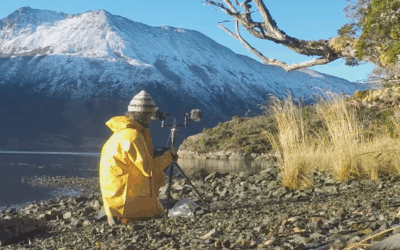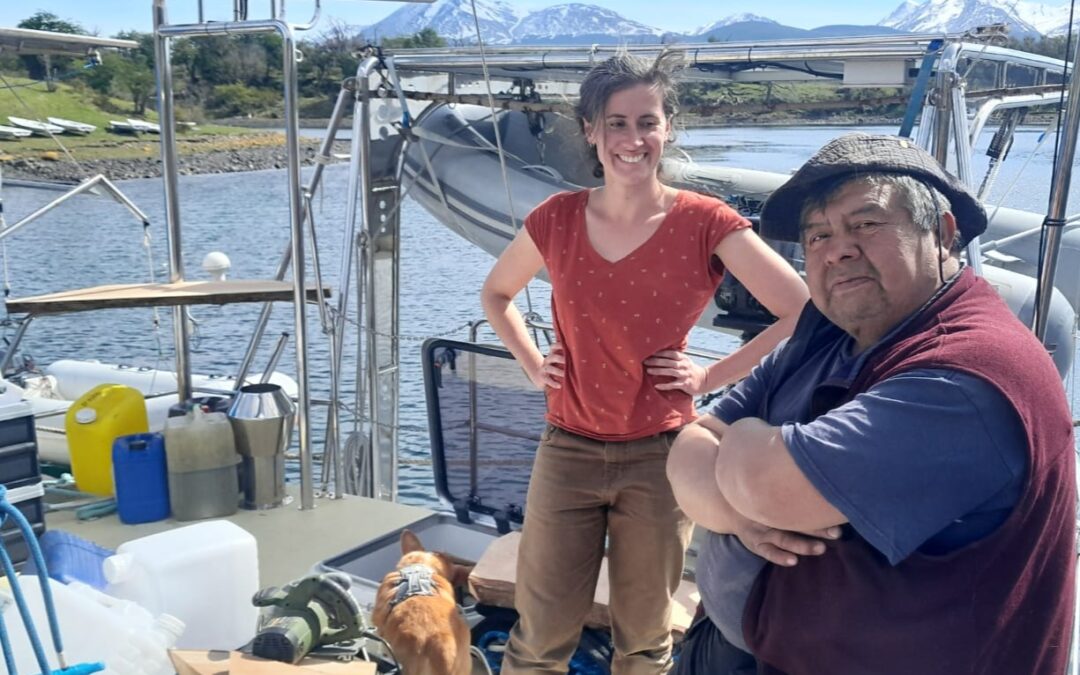
Scientific news

Association Karukinka
Loi 1901 - d'intérêt général
Dernières nouvelles du bord
La Patagonie vous fait rêver ? Rejoignez l’aventure !
The dialogue between a Machi and ecologists opens new routes to integrate Mapuche knowledge in nature conservation
The study proposes a collaboration model between ancestral Mapuche knowledge and ecological science, demonstrating that nature conservation requires listening to, respecting, and working alongside indigenous communities. Temuco, October 23, 2025. (diariomapuche.cl) –...
Signs of hope as elephant seals rebound from avian flu in remote Chilean fjord (Mongabay, 04/06/2025)
by Barinia Montoya An outbreak of avian flu in 2023 hammered a colony of southern elephant seals in Chile’s Tierra del Fuego region, leading to a 50% decline in its population. But over the 2024-2025 breeding season, the colony’s population recovered, with 33 pups...
What role does the new 20-meter sailboat play in enabling Karukinka’s activities?
The new vessel, Milagro, serves as a cornerstone for Karukinka’s operations. More than a means of transportation, this 20-meter steel ketch is a fully equipped, autonomous floating base that allows Karukinka to carry out ambitious scientific, artistic, and...
“Trip to the end of the world” from la Rochelle!
If you plan to go stop at La Rochelle this summer, don’t miss this trip to the end of the world! This sound and immersive fiction was created by Sébastien Laurier in collaboration with the Phare du bout du monde (Lighthouse of the end of the world) association and the...
Chile: A unique discovery of more than a hundred seaspecies was made (Sciences & Vie, 26/02/2024)
A deep-sea expedition off the Chilean coasts has recently brought exceptional discoveries that shake what we already know about marine biodiversity.Scientist of the Schmidt Ocean Institute (SOI) have charted vast areas of the ocean and documented more than a hundred...
In the depths of the Antarctic, microphones are used to understand sea life (Le Progrès – AFP, 02/18/2024)
A scientific team listens to the white continent’s sea wildlife by immersing microphones in its depths. This is a fascinating journey. In the depths of the Antarctic Ocean, immersed microphones record sounds of “spaceshifts” and a range of “impressive” buzzing. This...
The Yaghan people’s approach to preserving their cultural heritage
A protocol of good practices for the protection of Yaghan indigenous cultural heritage The Yaghan people, an ancestral community of the Patagonian channels, developed a revolutionary protocol in 2017 to protect their cultural heritage. This initiative, led by the...
Icebreaking polar class research vessels: New Antarctic fleet capabilities (Cambridge University Press, 29/11/2021)
Abstract : Supporting Antarctic scientific investigation is the job of the national Antarctic programmes, the government entities charged with delivering their countries’ Antarctic research strategies. This requires sustained investment in people, innovative...
Waves, winds, animals… In Patagonia, Lauriane Lemasson collects the sounds of a forgotten world (Géo Aventure, by Sébastien Desurmont, March 6, 2020)
Ethno-acoustician Lauriane Lemasson is passionate about the relationships that peoples weave with their sonic environment. Her profession drives her, microphone in hand, to brave the harsh expanses of Patagonia. Her goal: to better understand the settlement dynamics...
The mysterious archaeological discovery in Tolhuin: the municipality has not explained what was found (InfoTDF, 19/2/2024)
Archaeological Research in Patagonia: Tolhuin, in Argentine Tierra del Fuego On the road leading to Cerro Michi, a team of archaeologists from GIATMA (affiliated with CADIC-CONICET) made a significant discovery: during fieldwork, the archaeologists found materials and...
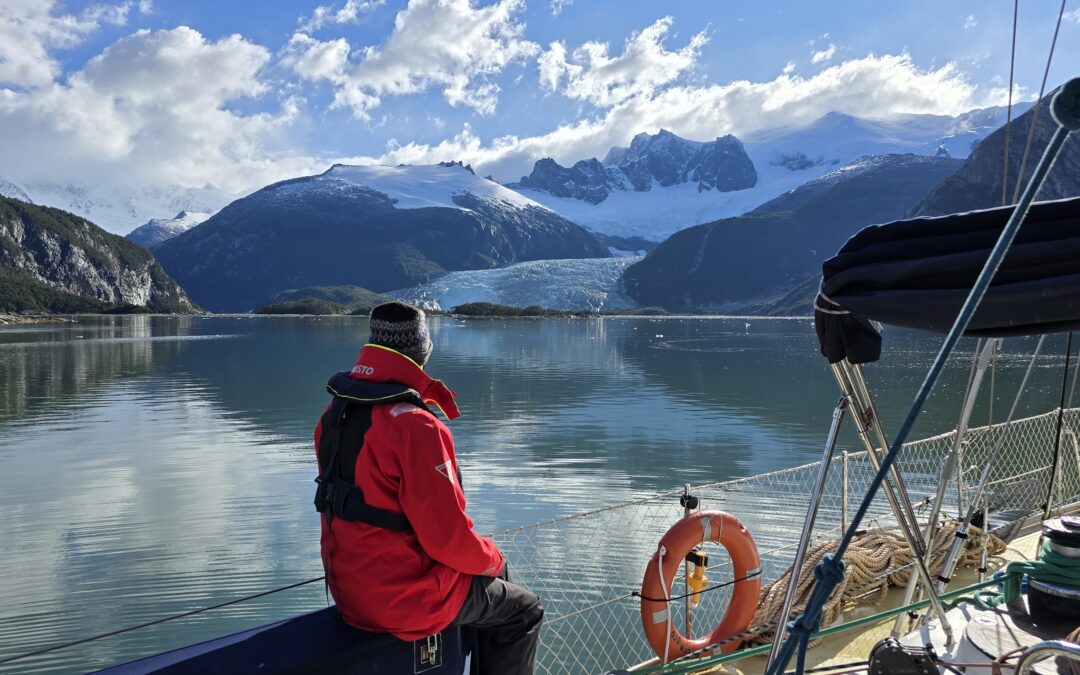
![[Sailing Patagonian channels] Sébastien’s Logbook part 1](https://karukinka.eu/wp-content/uploads/2025/08/Caleta-eva-luna_012025_Karukinka4-1080x675.jpg)
